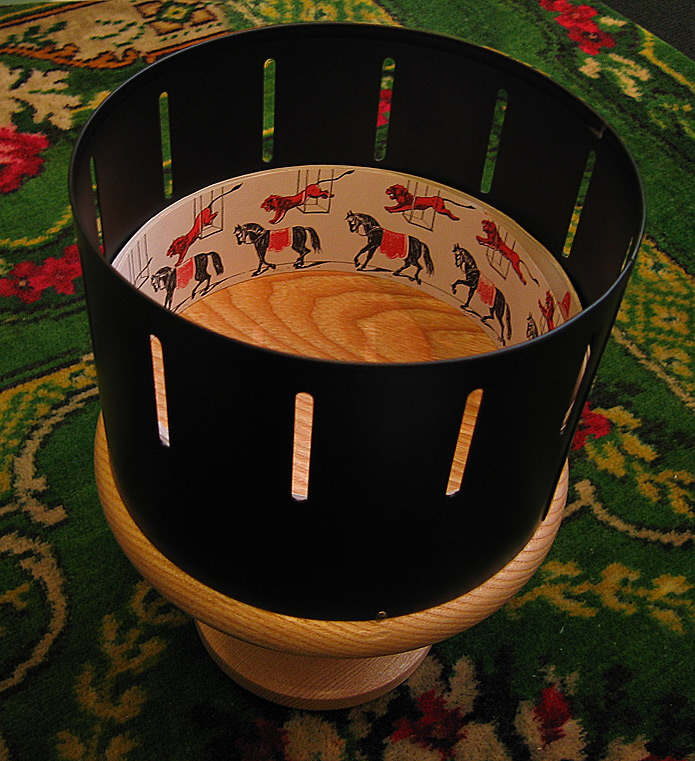Thursday Jan 25 - Class 2
- Screening: Experimental Animation Historical Overview
- Discussion and Reading Assignments
- General Intro to After Effects
- 488 Begin Slate or Project Revisions
- Assignment:
- 388: Software Intro
- 488: Visual Countdown Update
- Reading:
- Tutorial:
- After Effects CC2017 Ess Train: The Basics (Christiansen)
- Announcements:
- Scholarships: information posted on doors, process begins soon
- MLK Commemorative Event: Keynote Dr. Floyd Rose, Wed Jan 31 3:30-5pm Hamilton Room UC
- Time Wasters:
488 Visual Countdown Update
Students in 488 will touch base with Professor Miller at the begining of class. We will discuss Visual Countdown Update Project.
Reading Discussion
This week's reading assignment comes from a book titled "Motion Graphic Design: Applied History and Aesthetics" by Jon Krasner. Our selection is from earlier in the text and gives an overview of significant historical developments that have shaped what we now know of as Motion Graphics. The discussion forum question asks you to look up some of Krasner's examples, watch them if you can find it online, and then reflect on how it relates to animation and what we are studying this semester. To help with this, we will spend a large portion of today's class session screening some of the work identified in the reading.
Screening: Experimental Animation Historical Overview
We begin by looking back at some significant developments in cinema and animation. Motion Graphics is a category that often includes animation in a number of different forms. During this overview and screening program, it is expected that you will participate through viewing the works presented. There will be a break following the program and some time for discussion. Some of the work screened or shown may included flashing imagery.
Part 1: Pre Cinema
"L324 - Lanterne magique" by Lomita - Own work. Licensed under CC BY-SA 4.0 via Wikimedia Commons.
"Humble beginnings, pt. 1 (2150574179) (2)" by Marcin Wichary from San Francisco, U.S.A. - Humble beginnings, pt. 1. Licensed under CC BY 2.0 via Wikimedia Commons.
"Zoetrope". Licensed under CC BY-SA 2.0 via Wikimedia Commons.
"Muybridge horse gallop" by Eadweard Muybridge. Licensed under Public Domain via Wikimedia Commons.
Part 2: Early Film and Animation
George Melies "L'Ouef Du Sorcier" (1903)
Emile Cohl "Fantasmagorie" (1908)
Viking Eggeling "Symphonie Diagonale" (1921)
Walter Rutmann "Opus II" (1921)
Lotte Reiniger "The Adventures of Prince Achmed" (excerpt) (1926)
Len Lye "Tusalava" (1929)
Mary Ellen Bute "Synchromy No. 4"
Saul Bass - title sequence for "Vertigo" (1958)
Break
John Whitney "Matrix III" (1972)
Manfred Mohr "Cubic Limit" (1973-4)
Normal McLaren "Synchromy" (1971)
Terry Gilliam "The Miracle of Flight"
Robert Abel and Associates Demo Reel 1984
Screening Discussion
Topics for consideration after this screening:
- What are the indications of technological development in the work?
- In general the work is "abstract". What might the relationship to "narrative" work, like that of Disney be?
- What might the content of the work be?
- What might the subject of the work be?
Software Introduction
Our primary software this semester is After Effects. During the remainder of the class session, we will take a look at what is there and get a sense of how the software works - using a 'bigger picture' approach. As we move into the semester, you will likely generate assets for your projects in other applications, but this is where you will do most of your editing, animating, processing, and rendering.
To wrap things up, we will introduce the 10 Principles Of Motion Design. These have been adapted form the 12 Principles of Animation. It is also useful to keep in mind that these princples refer to how things move on screen and are usually combined with what we alread know about visual space with the Elements and Principles of Design. That's a lot of "principles" to combine, but if we keep them in mind as we work, we will have a lot of ways to talk about different aspects of animated sequences.
Principles of Motin Design
- Timing, Spacing, & Rhythm
- Easing
- Mass & Weight
- Anticipation
- Arcs
- Squash, Stretch, & Smear
- Follow Through & Overlapping Action
- Exaggeration
- Secondary Action or Layered Animation
- Appeal




